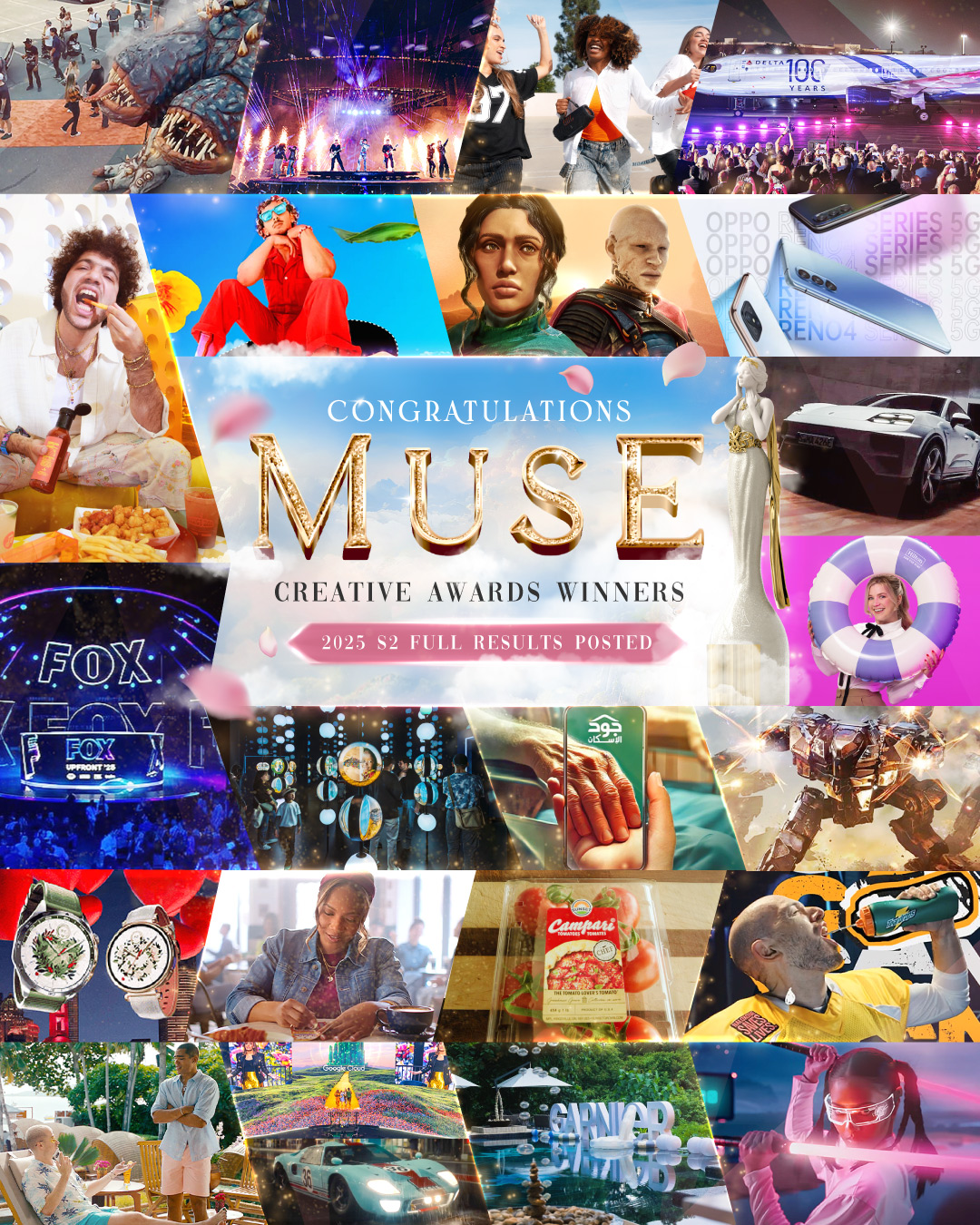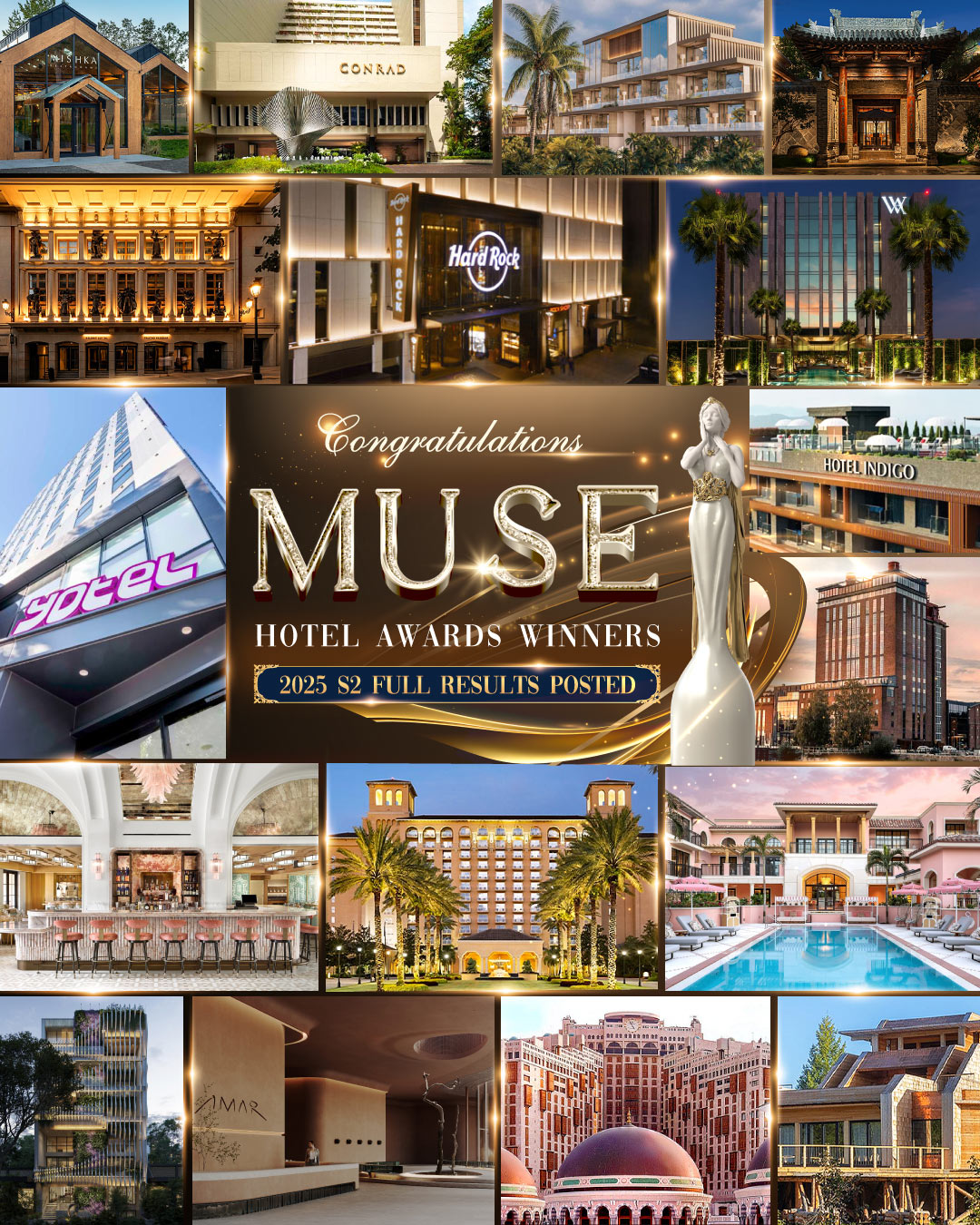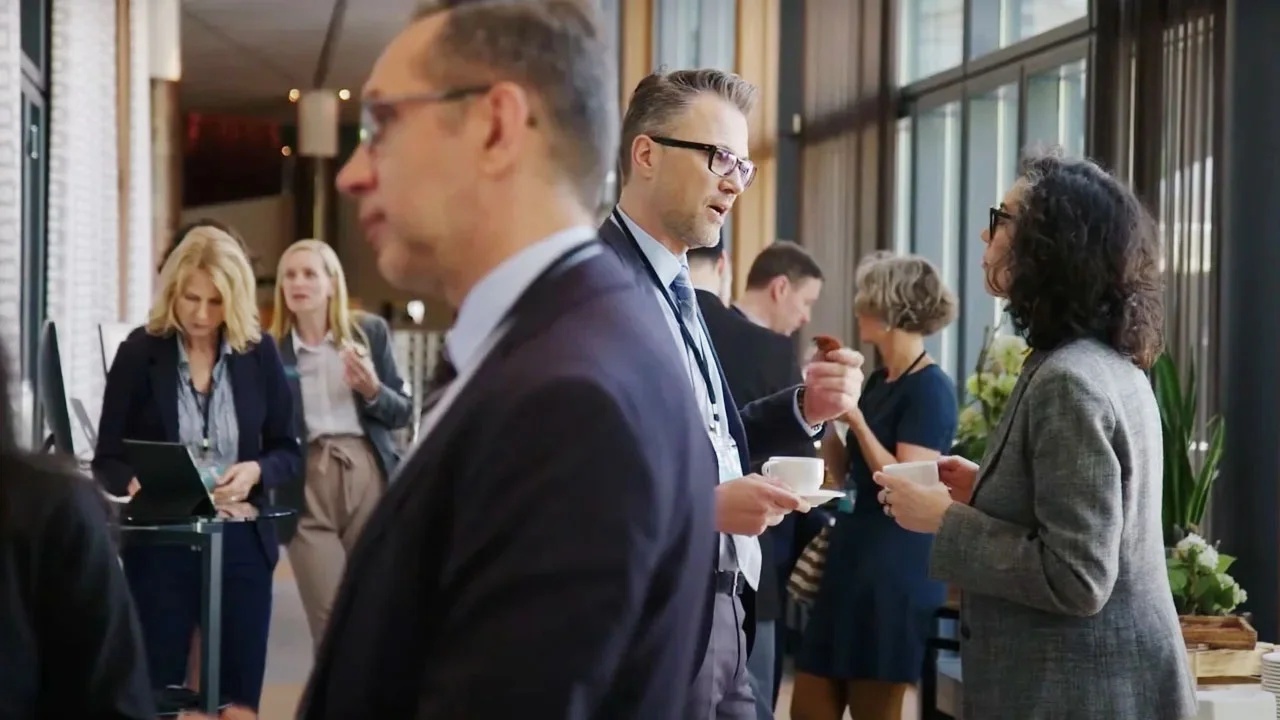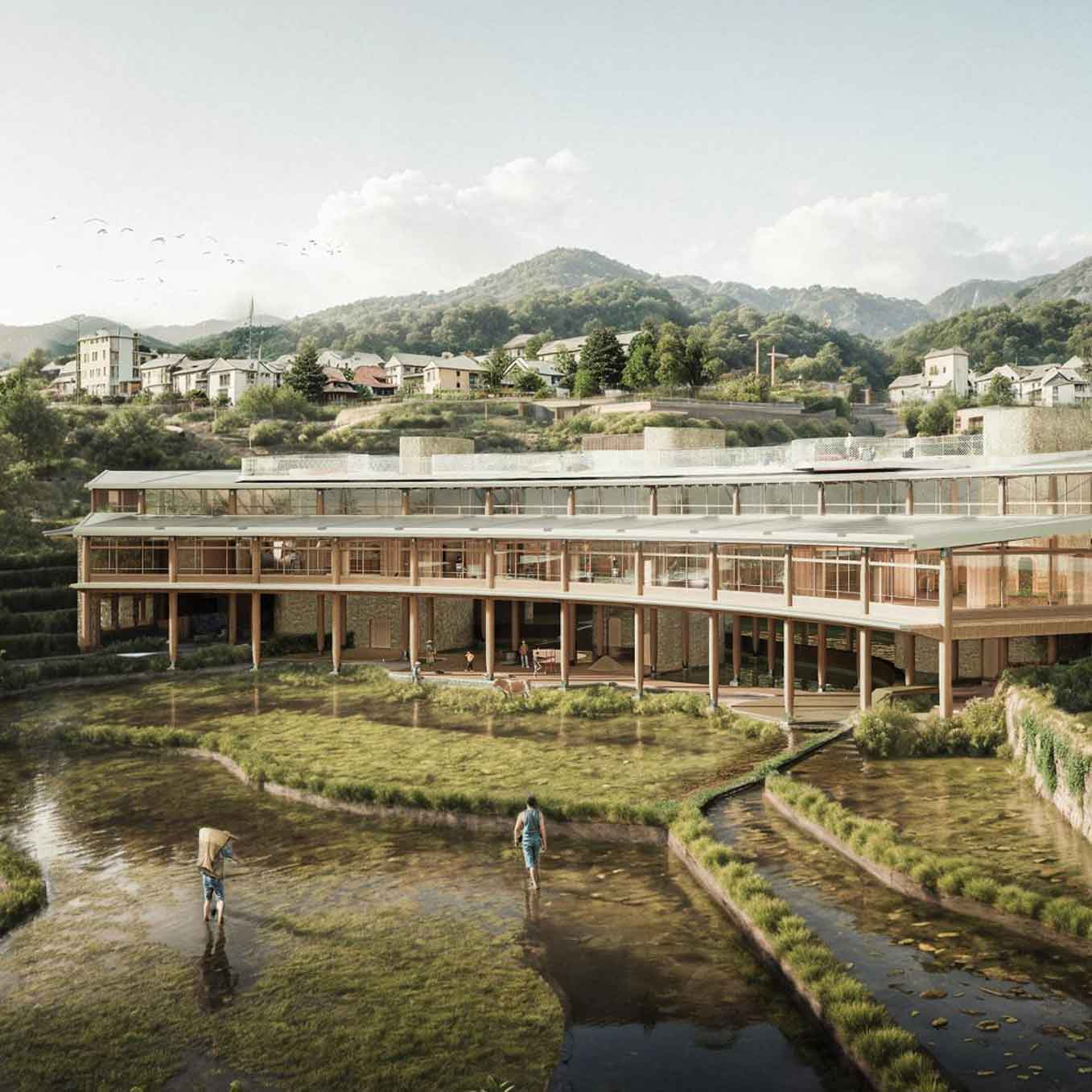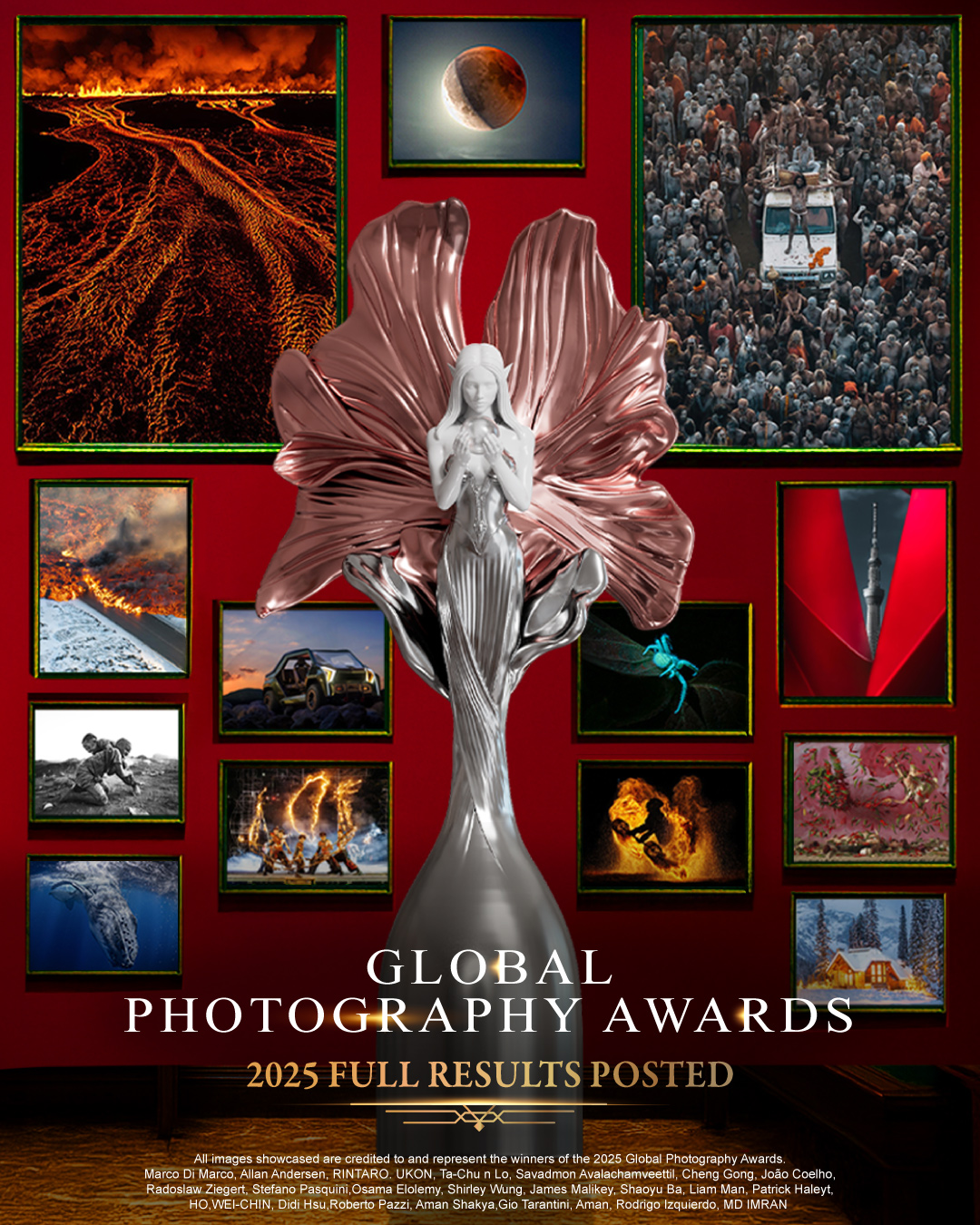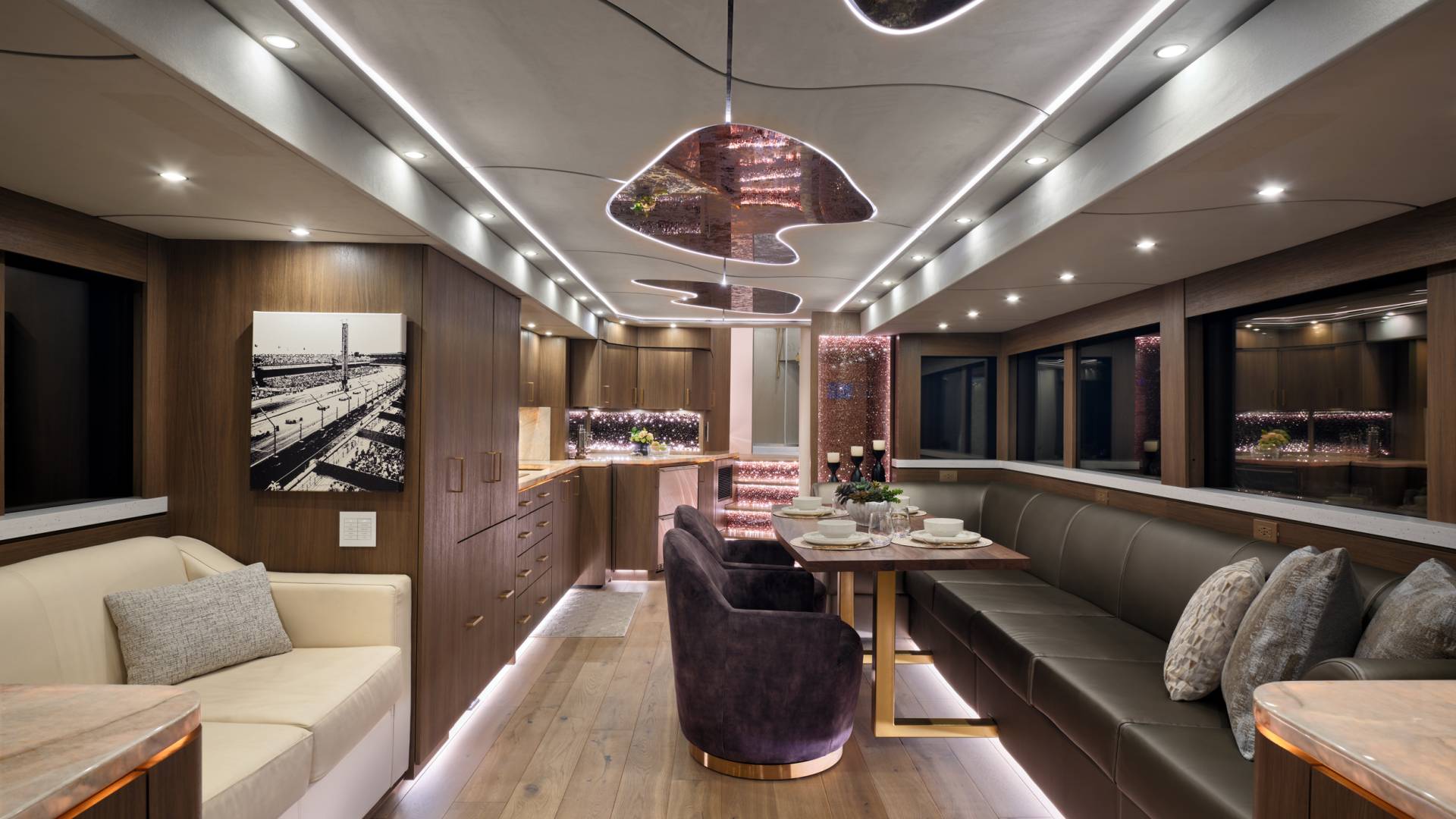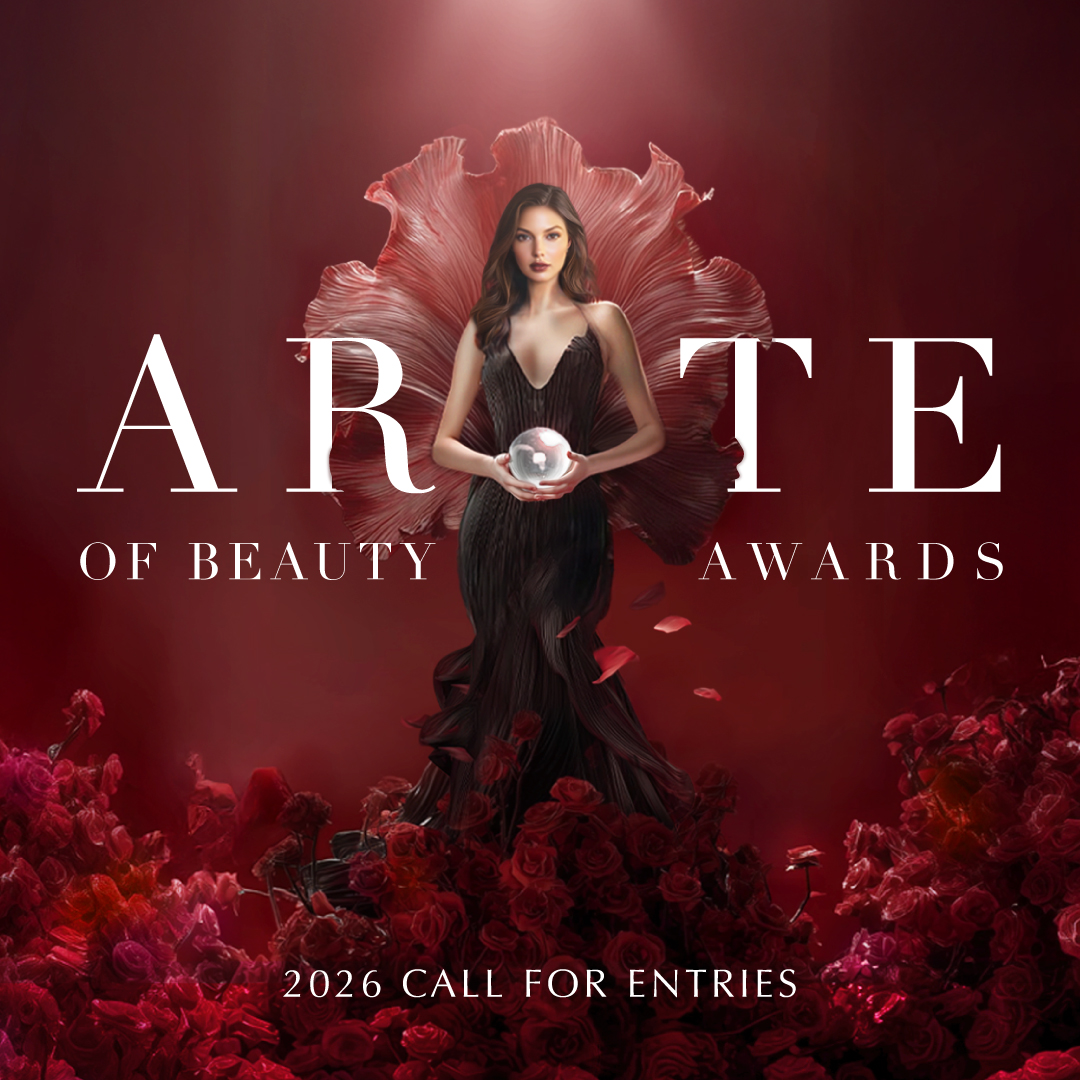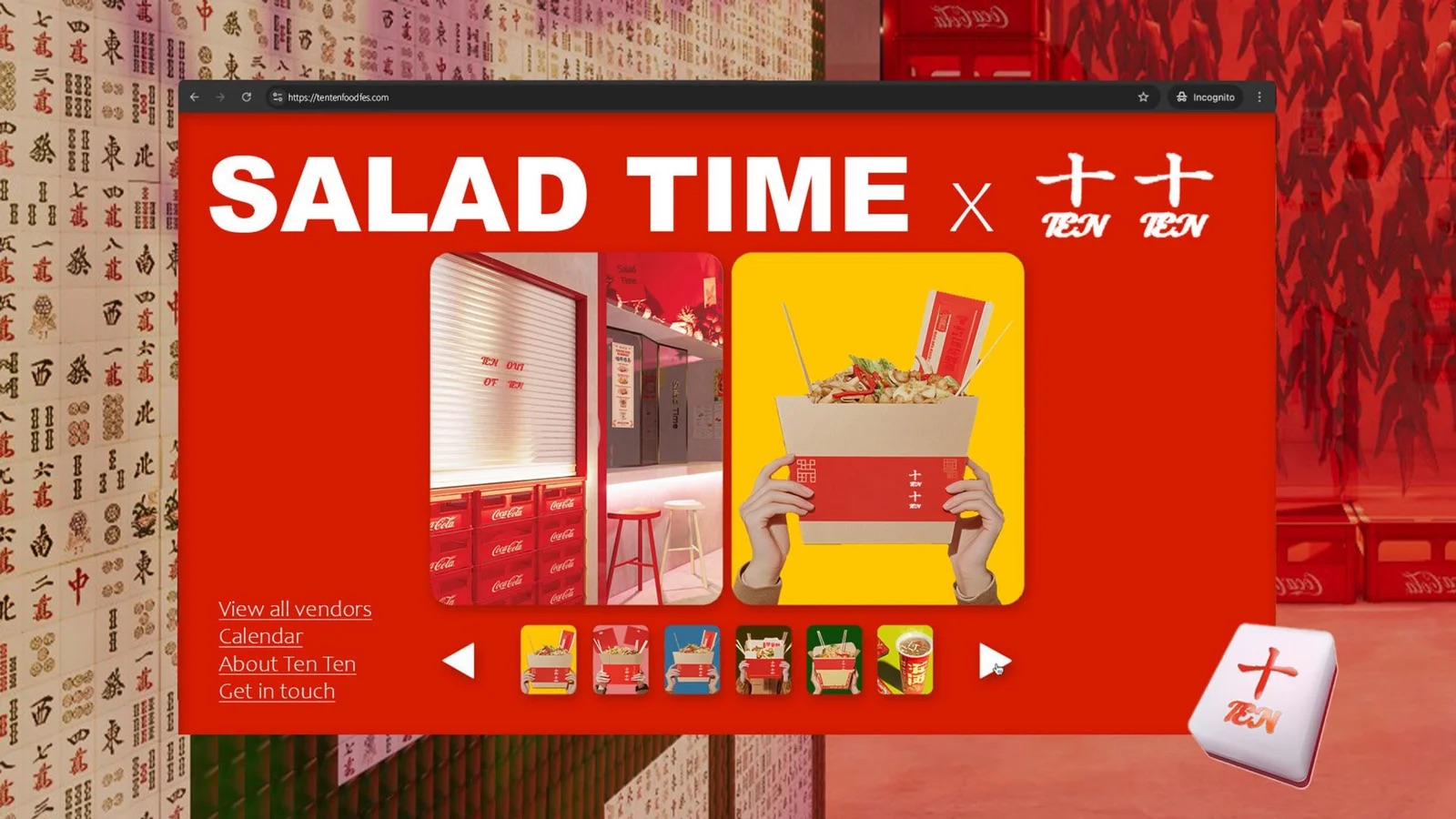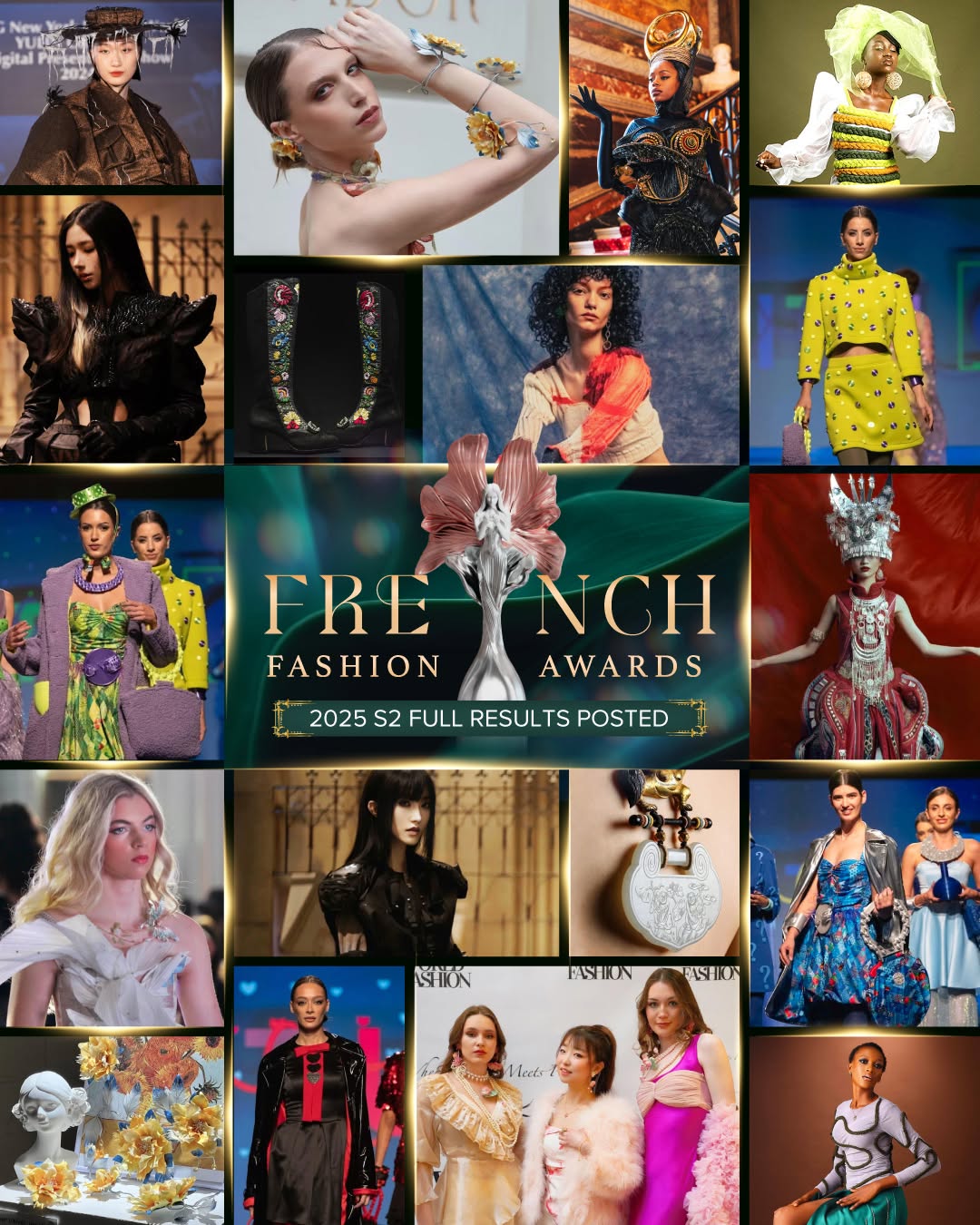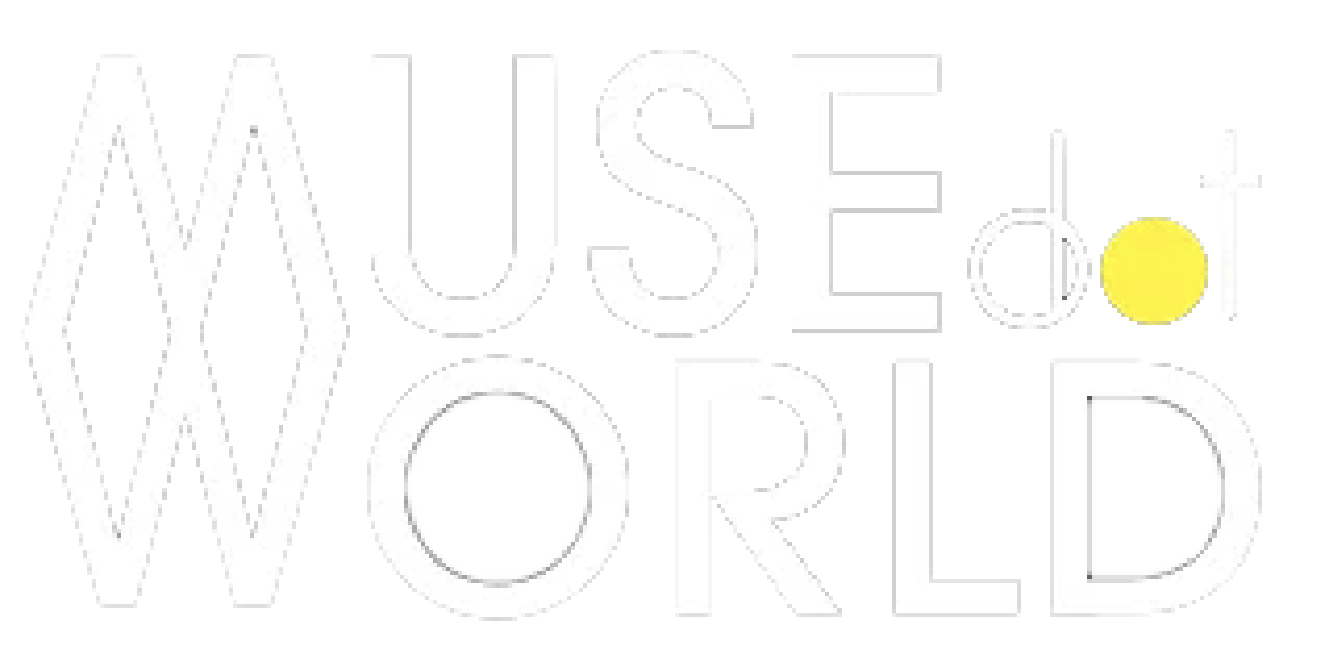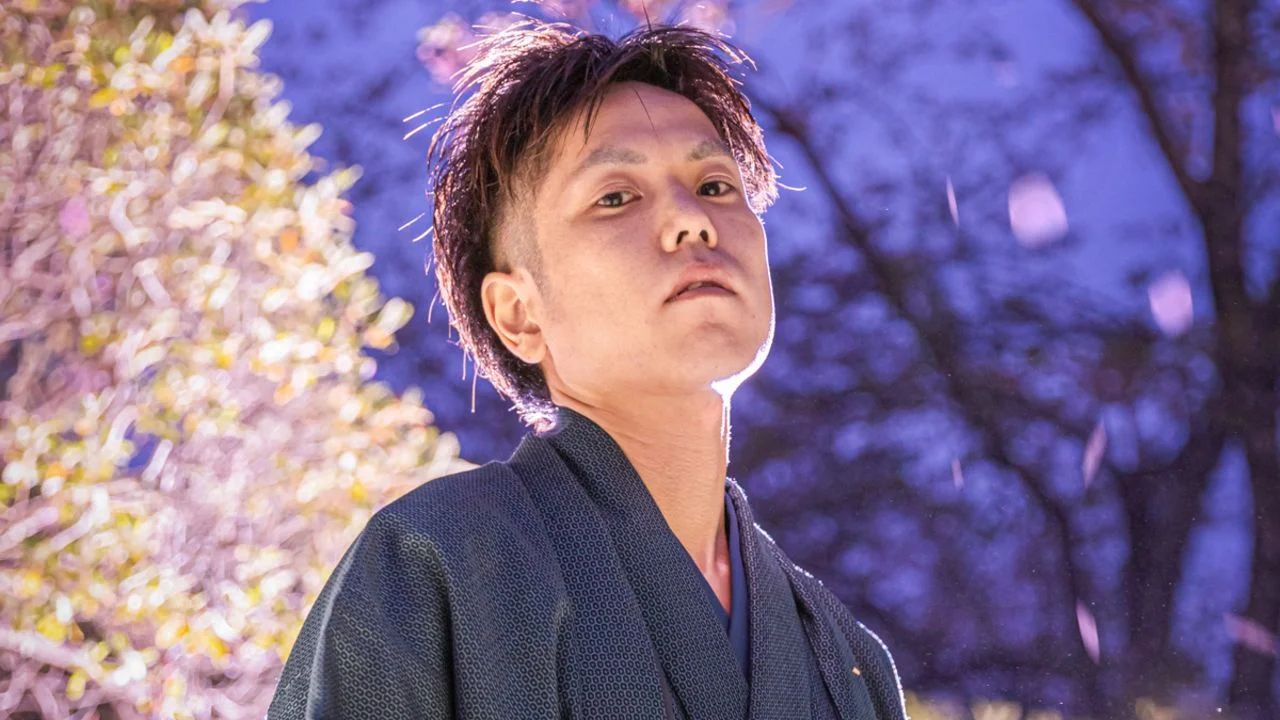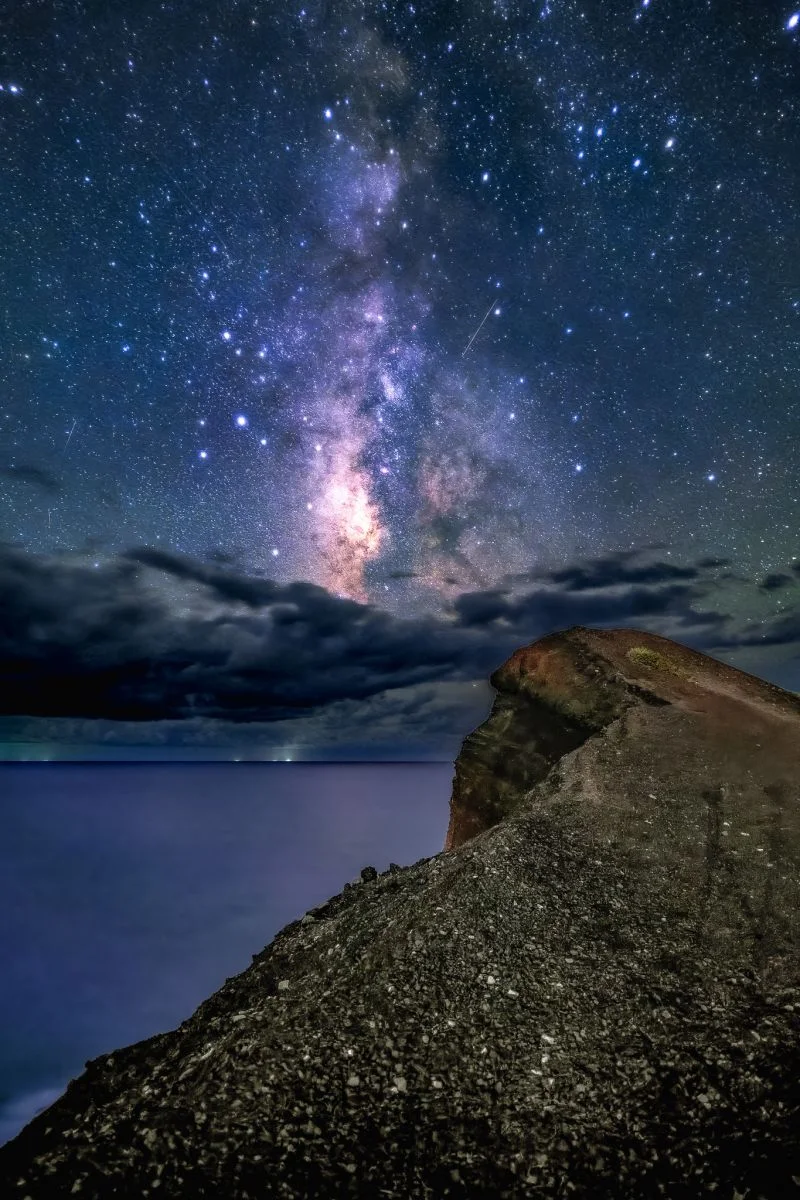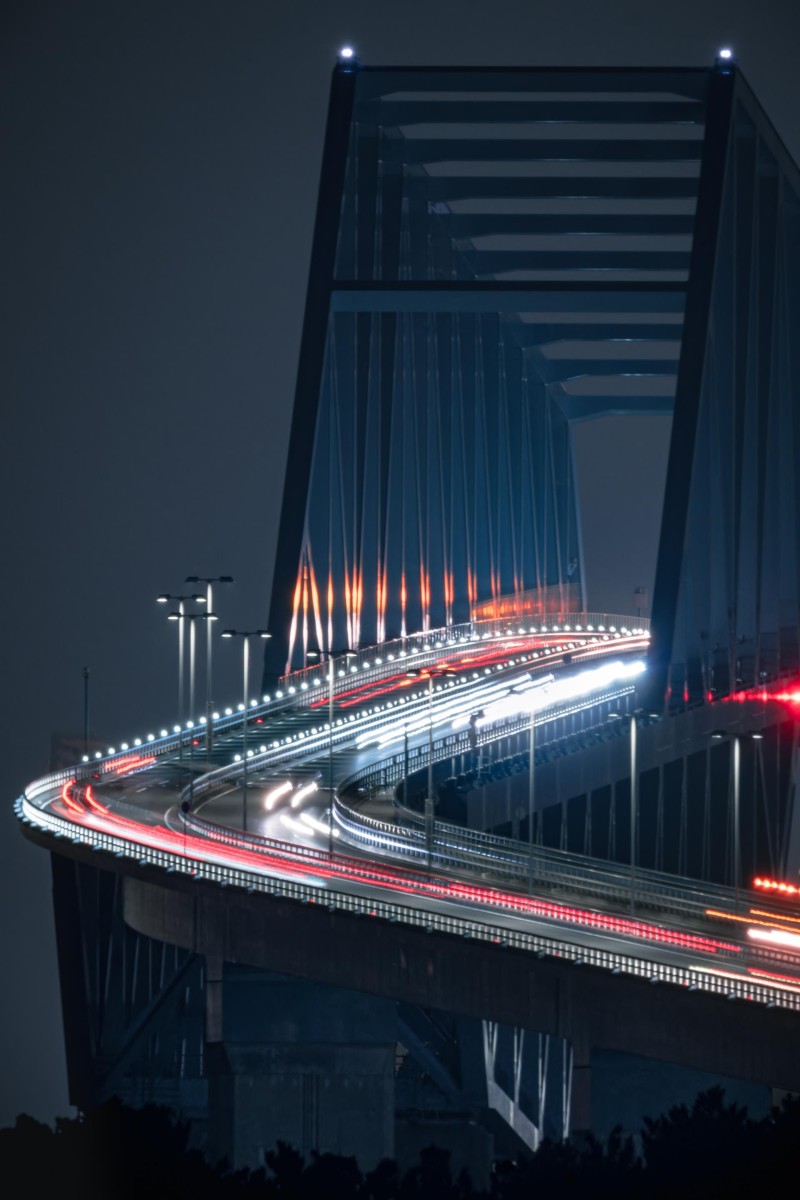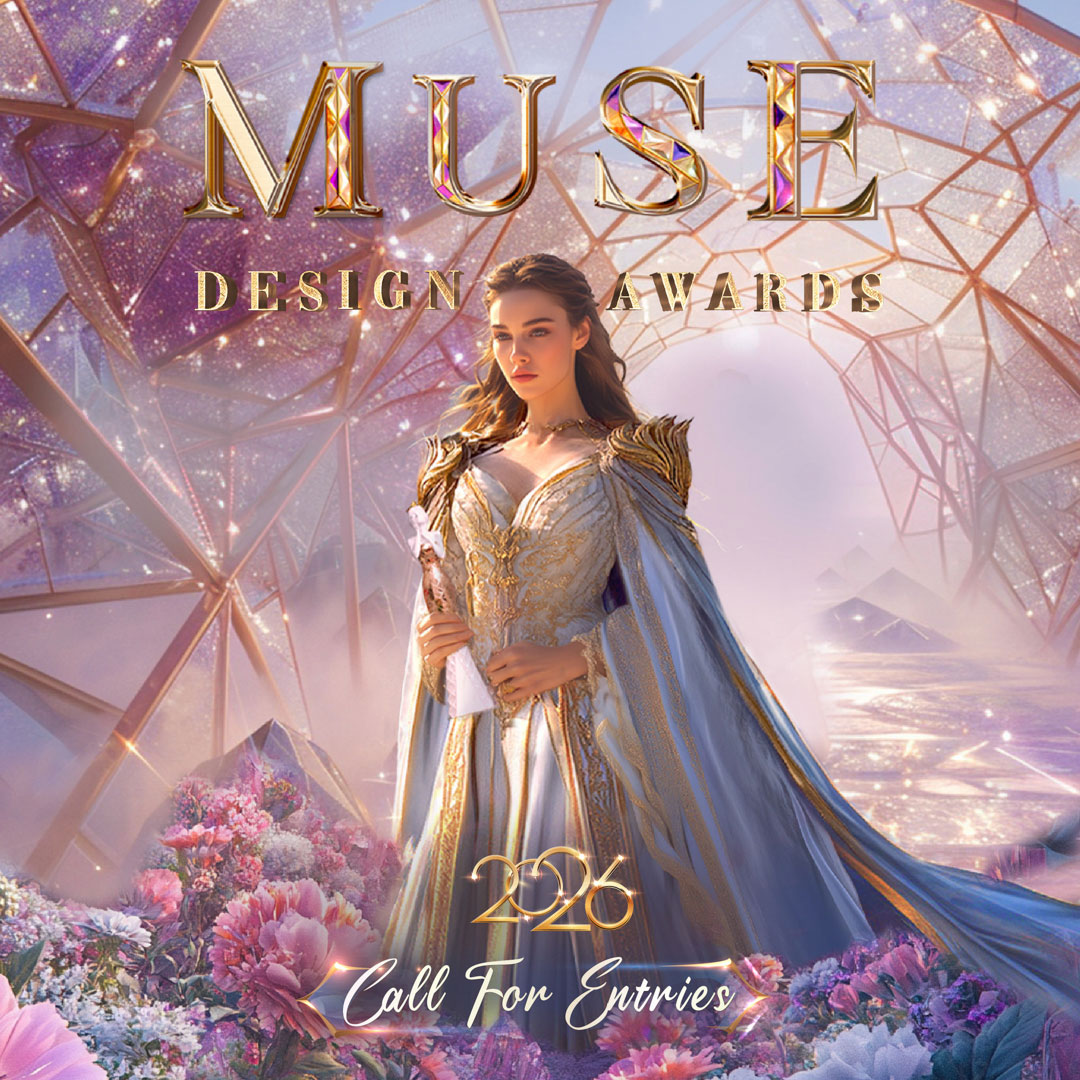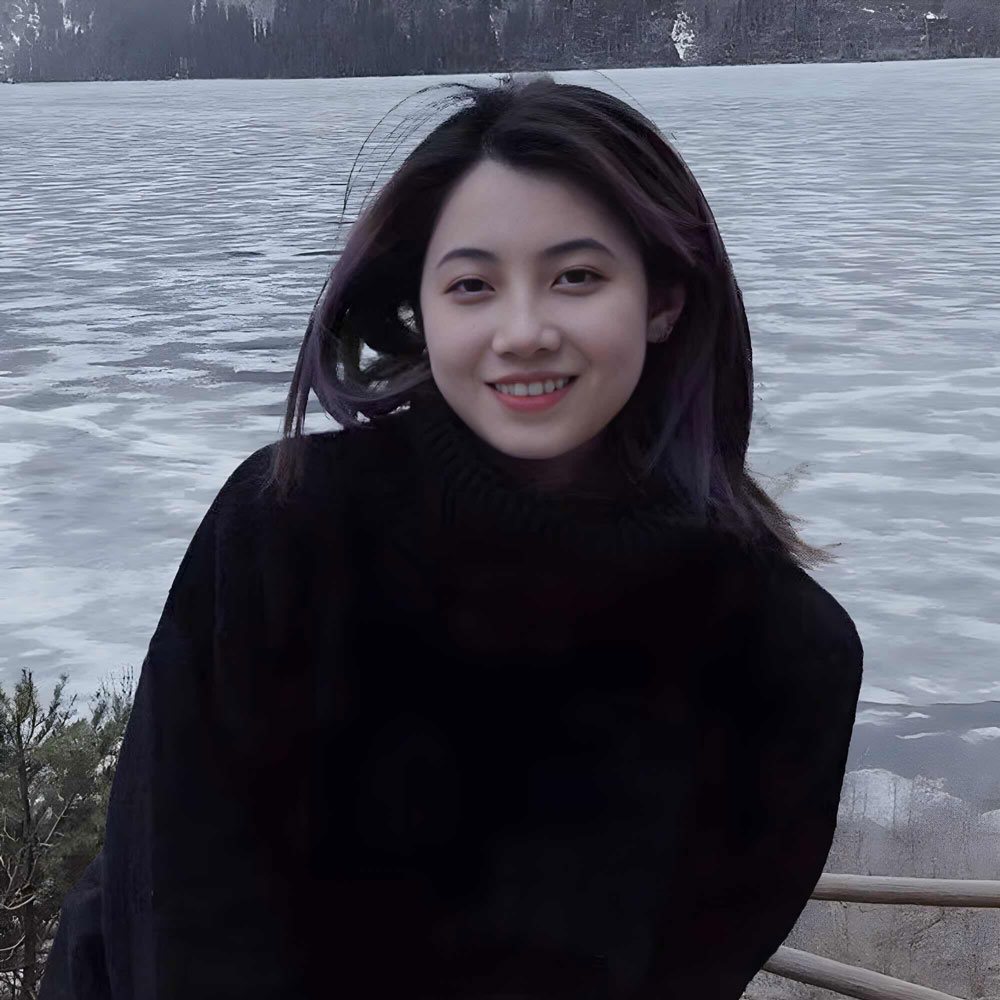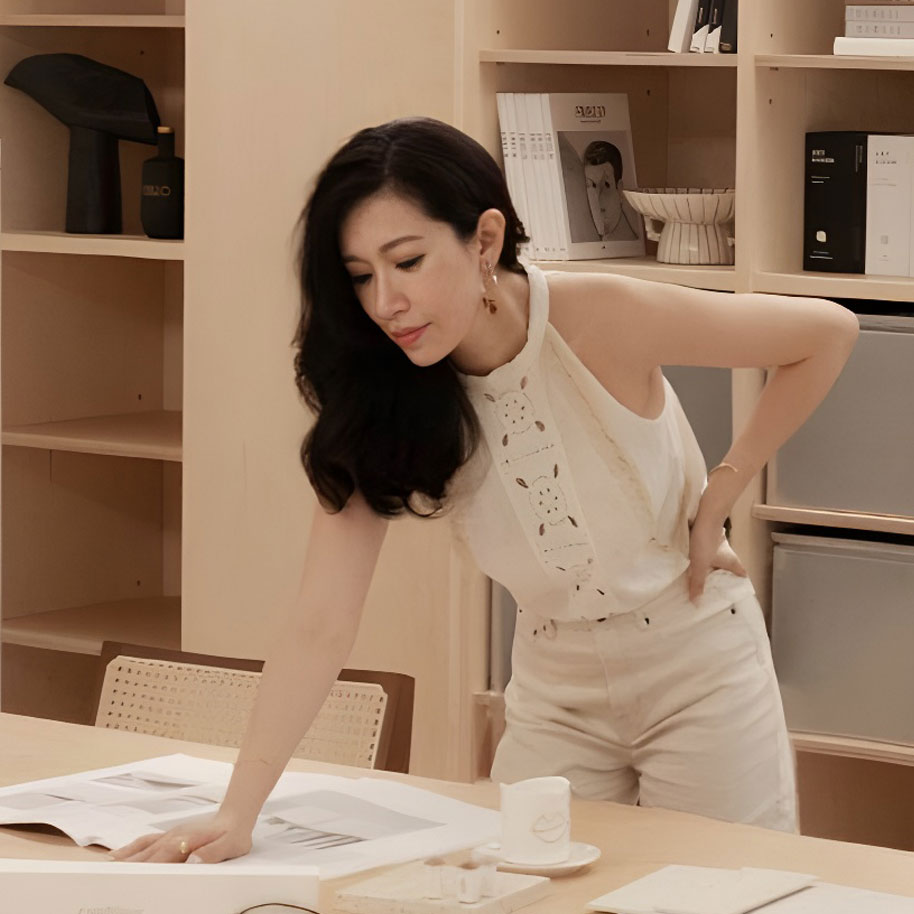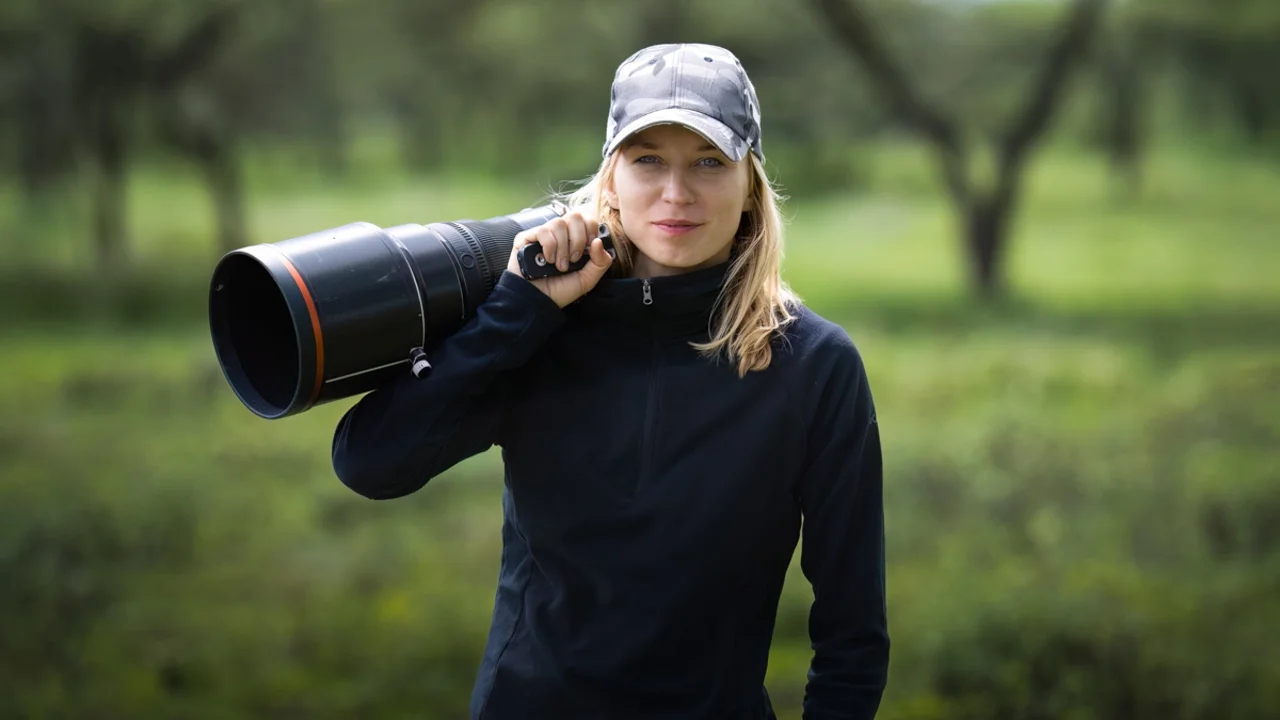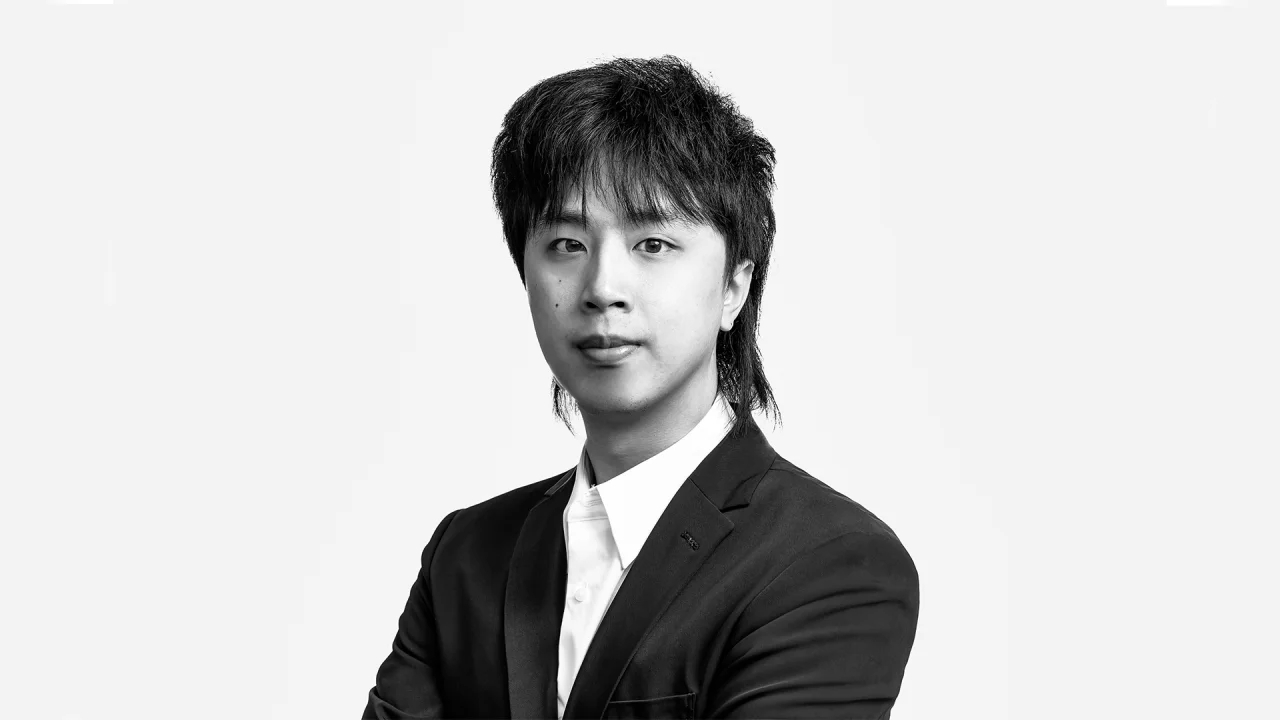Not What You See, But How You See It | Inside the Process of Aliace Uesan
Aliace Uesan
Aliace Uesan is a Japan-based photographer whose journey began with a telescope and a deep fascination for the stars. Known for his technically adventurous style, he captures everything from kimono portraits to night skies using uncommon methods that challenge traditional photography norms.
Thank you. I'm a photographer based in Japan, originally inspired by the night sky. I began by visually observing stars through a telescope, but soon felt the desire to capture and preserve those views through photography. From there, my interests expanded—especially into traditional kimono portraits, which I often shoot and wear myself.
While I specialise in starry skies and Japanese culture, I actively explore other genres such as macro, animals, architecture, and motion. What truly drives me is the challenge of using techniques that are uncommon, unnoticed, or even avoided. I seek to create images that feel unfamiliar, not by subject, but through the way they are made.
Today, I work across multiple genres without confining myself to one category. My goal is to share a technically driven and expressive approach to photography, offering new perspectives through methods that transcend convention.
Through these two awarded works—Tokyo Gate Bridge and Planet Earth—I aimed to present both the man-made and the natural worlds from a unified artistic perspective. Tokyo Gate Bridge captures the rhythm of engineered design and urban motion, using a 1200mm lens to compress light, structure, and time into a single visual flow. Planet Earth, on the other hand, places a volcanic cinder cone beneath the vast Milky Way, expressing the raw force of geology beneath cosmic wonder.
By juxtaposing human creation with natural majesty, I hoped to invite viewers to reflect on the balance between civilisation and the universe. Winning with both pieces reaffirms my belief that photography is a language capable of bridging dualities—art and science, reality and abstraction. This award gives me the confidence to keep pushing that boundary.
To propose a new photographic approach, it's not enough to be unconventional—you must meet a minimum threshold of visual quality to gain recognition and empathy. I view photography contests as a metric that balances self-expression with external validation. They offer a framework where technique and concept must co-exist.
For that reason, I only consider submission when both quality and approach are aligned. I assess whether the work meets a baseline of technical excellence and whether its conceptual intent offers something disruptive or unexpected. If a particular contest’s character aligns—or contrasts meaningfully—with the piece, and the match feels precise, then I choose to submit.
My journey into photography began with the stars. I used to observe the night sky through a telescope, simply enjoying the act of stargazing. But there came a point when I wanted to preserve those ephemeral views—to turn fleeting celestial moments into lasting visual records. That desire led me to pick up a camera.
Capturing stars was not just about beauty—it demanded precision, timing, and planning. In trying to photograph what I once only observed, I found a new form of communication, one that blended science, emotion, and aesthetics. That’s when I realised photography could be more than documentation—it could be interpretation.
Rather than favouring a single genre, I’m drawn to the process of crossing genres—combining techniques, aesthetics, and philosophies that usually remain separate. That said, I have a strong affinity for photographing starry skies and traditional Japanese kimonos. Both subjects embody temporal depth: the stars remind us of cosmic time, while kimonos carry centuries of cultural history.
What I value most is not the genre itself, but the challenge each subject presents—how to portray it in a way no one has yet attempted. Whether it’s a macro shot or a dynamic festival scene, I’m always searching for a new perspective to reconstruct the familiar into something unseen.
I primarily use a Nikon Z6II paired with the NIKKOR Z 135mm f/1.8 S Plena, a combination that delivers both technical clarity and emotional depth, especially effective for isolating subjects with delicate bokeh and precise rendering.
For motion-rich or colour-critical work, I turn to the FUJIFILM X-T3 and the VILTROX 27mm f/1.2 Pro, which gives me cinematic tones and fast responsiveness. In parallel, I also shoot on a Google Pixel with ND filters, especially when challenging myself to extract quality from minimal tools.
What matters to me isn’t hardware prestige, but the ability of each setup to serve the expressive purpose. My favourite “feature” is always the one that enables me to break photographic norms while still delivering clarity of intent.
I want them to feel a sense of disruption—a pause, a double-take, a quiet moment of “wait, what am I really looking at?” That slight mental dislocation is intentional. Whether through unfamiliar perspectives or unexpected timing, I aim to shift the viewer’s perception, even if just for a second.
For Tokyo Gate Bridge, the challenge was technical control—shooting at 1200mm from a distance, with narrow depth of field and rapid traffic movement, required precise alignment, timing, and multiple attempts. For Planet Earth, it was environmental—waiting for perfect weather, visibility, and astronomical alignment in a remote volcanic region demanded patience and planning.
In both cases, what made it difficult is also what made it meaningful. The control of chaos is part of the process.
I’m often inspired by familiar landscapes and common compositions—not to imitate them, but to reimagine them. When I see a widely photographed scene, I instinctively begin deconstructing it in my mind, envisioning alternative angles, timings, or three-dimensional framings that haven’t yet been explored.
My inspiration doesn’t come from remote or exotic locations. It comes from seeing what already exists—and then choosing to see it differently.
Rather than a single person, I’m influenced by disciplines outside of photography—architecture for structure, literature for symbolism, and astronomy for time awareness. I also study award-winning photos not to imitate them, but to analyse what they lack. My goal is to fill the spaces others overlook, not to walk the same path.
Contests are more than competition—they’re opportunities to clarify your voice. Don’t chase trends. Instead, polish what is uniquely yours. If there’s something only you would notice, or a way only you would shoot it, that’s where value is born.
My advice: submit the work that reflects your personal logic, not just your preferences. Learn from what gets awarded, but pay closer attention to what doesn’t. That unseen space is often where innovation lives. Awards are not about fitting in—they’re about redefining the frame.
Don’t rush to be “different.” Start by observing carefully. The more you understand what’s commonly done, the more clearly you’ll recognise what hasn’t been done. Technical knowledge matters, but curiosity and consistency matter more. Shoot often, analyse deeply, and over time, your own voice will begin to emerge—not because you forced it, but because you listened closely.
Post-processing is where the raw image becomes intentional. I don’t use editing to “fix” photos—I use it to finalise the atmosphere I envisioned from the beginning. That could mean enhancing texture, balancing tones, or subtly guiding the viewer’s gaze. Editing is not a rescue; it’s a refinement of the original idea. I aim to use it with restraint but precision.
AI is rapidly changing the visual landscape, and while it opens up new possibilities, it also blurs the line between human experience and synthetic creation. As a photographer, I value the real—the physical act of shooting, the conditions, the decisions made on location. That process is irreplaceable and deeply tied to the emotional and creative outcome.
In competitions, especially, we’ve reached a point where AI-generated works can be difficult to distinguish. I believe it’s time to establish clear categories or disclosure standards to preserve the integrity of both traditional and AI-based approaches. Technology should support vision, not obscure authorship.
If given the chance, I would want to photograph the surface of an extraterrestrial planet, standing there, feeling the gravity, observing the unknown terrain not through a satellite feed, but with my own eyes and camera.
To capture a world untouched by human narrative would be the ultimate test of perception and expression. It’s not just about the image itself, but about being the first witness, framing something that no human has ever seen or contextualised.
Winning Entries
Explore more photographic stories about Maksym Vasyliuk: Photographing Property with Clarity & Soul here.
ADVERTISEMENT
